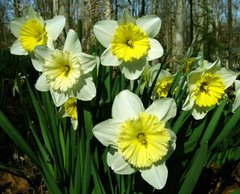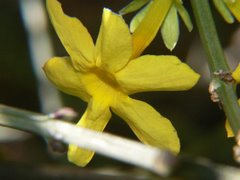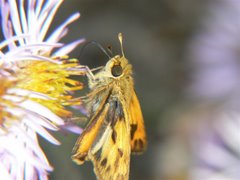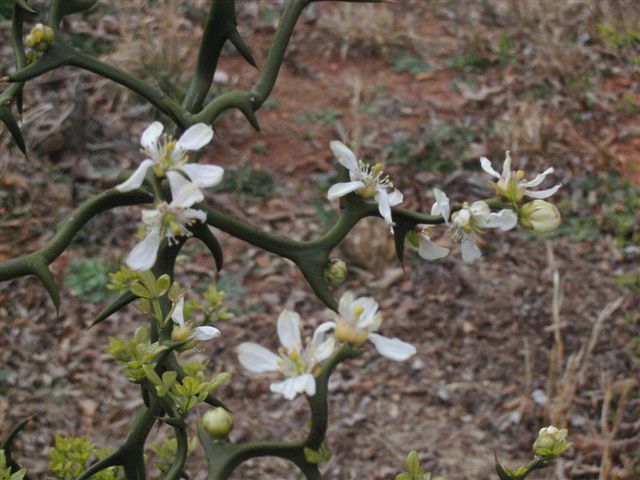Passiflora incarnata is a wildflower, common in the southern United States and in Latin and South America. It is native to Crowley’s Ridge, the upland in the lowlands where I live and garden in southeast Missouri.
A sprawling or climbing perennial vine, the unusual and beautiful white and purple-fringed blooms are up to three inches across. They open quickly around noon and last but a day. However, bloom time is extended from June through September here in Missouri. Large three-lobed, serrated, deep green leaves add to the plant’s attractiveness. It spreads by underground roots and should be planted where it can be controlled. The two-inch fruit is edible. It is said to be sweet but seedy and mostly benefits wildlife. I haven’t tried one yet but it should be good as it’s what gives Hawaiian Punch its distinctive flavor. The entire plant is used medicinally mainly as a sedative and it is host to fritillary butterflies.
The passionflower as it is commonly called is named not for the passion of love but for the passion of the Christ, the hours of suffering after the Last Supper until his death on the cross. When Christians from Spain arrived in South America, different parts of the plant were reminders to them of the crucifixion. According to their elaborate analogy, the corona in the center of the flower was thought to resemble the crown of thorns. The flower’s tendrils symbolized whips, the five stamens represented the five wounds; the triple stigma, the three nails. Five petals and five sepals that surround the corona corresponded to the ten faithful apostles, minus Peter who denied and Judas who betrayed. The scientific name continues the analogy. Incarnata means to be endowed with a human body. Those Christians believed that the person who was crucified was God in the flesh. Though it was not named for love, that analogy fits too. Great sacrifice always demands passionate love!






No comments:
Post a Comment